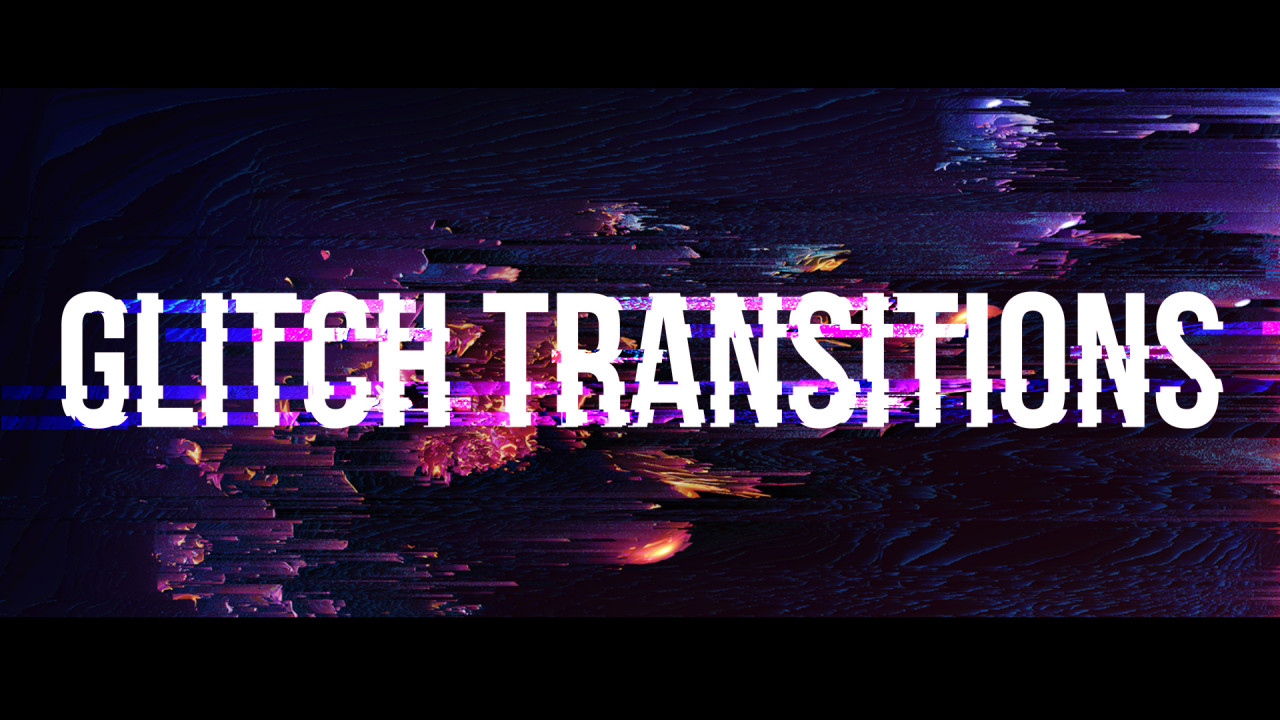

You can even tweak exactly how the noise wipes across the screen, both the direction and size. There are specific noise controls to control things like detail and how much it bleeds into the image. Pick any of them as your starting place and then you can make some adjustments to the mix, softness, and animation. Each of the six options has a dramatically different look. Inspector controls will reveal this effect has a bunch of different versions available. The noise dissolve doesn’t look too exciting as first but there is tons of customization.

The width can also be changed to create a full-screen wipe if that is what you prefer. The part that wipes across the frame also has a border and shadow which can be adjusted. You can also use the control to switch from the default left-to-right to right-to-left. You can apply it quickly and just leave it as is and be totally happy.

This is a simple, but slightly elevated wipe. He recommends you leave the motion blur off. You can adjust the circle colors and even the thickness. Apply it to the image and pull up the controls. You can find circles just underneath camera shake. This is a fun little transition that can work very well with branded content as you can adjust the colors to match up with the brands. It makes a much more effective glitch transition. Then he increases the quality, ups the contrast, brightness, and saturation. The first thing he does is bring down the shake strength to 0.1 as it softens it up and makes the RGB effect more pronounced. What he is going to use is the Camera Shake transition to create the effect.īy default you will see that it has the shake but all a bit of RGB effects that give that glitchy look.ĭiving into the Inspector you’ll find a lot of controls. So, there is actually a Fusion transition called glitch, but he isn’t a huge fan of that. When you do that you can always right-click the transition and save a new Transition Preset with those options. They you can select it and head to the Inspector and make your tweaks.

Everything should be in that list for you to drag and drop them into your timeline. On the Edit page click on Effects and then open up the Video Transitions. There’s a pretty great variety and you can even create some of your own presets to make them easier to use later on.Īll of these transitions are available in the free version of Resolve 18 and are customizable.įinding them is easy. You might start looking towards presets and downloadable effects packs from third-party creators, or you can learn about some of the lesser-known transitions already in DaVinci Resolve 18.Ĭoming from MrAlexTech is a rundown of eight “hidden” transitions in Resolve 18. There’s all the basic cuts you need to learn as you start editing, such as L-cuts, jump cuts, match cuts, etc., but when you start having fun you’ll likely want to get into some more exciting transition effects.


 0 kommentar(er)
0 kommentar(er)
